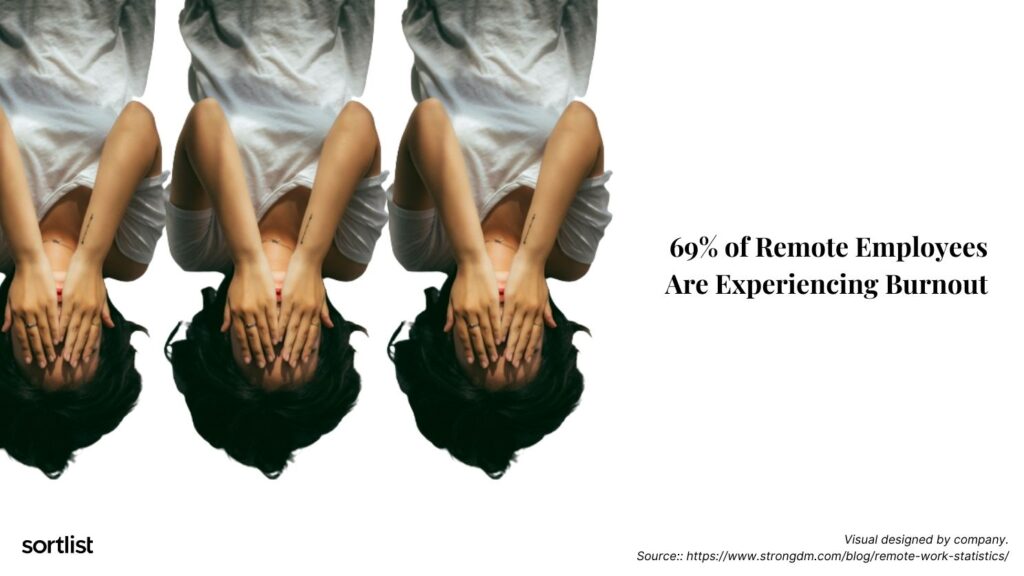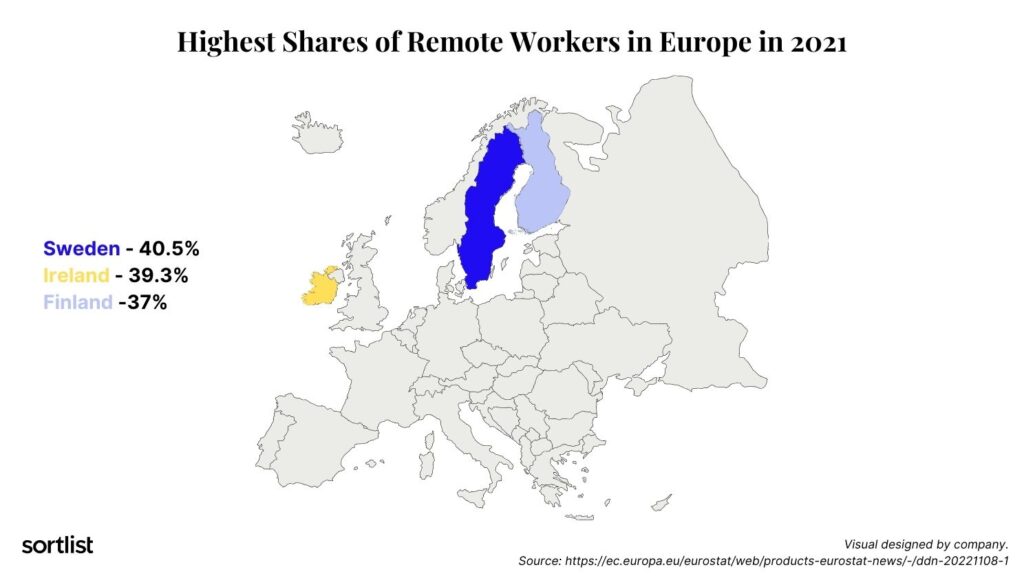The Definitive 2023 Compilation of Remote Work Statistics
Published on: 22 Feb 2023 | Author: Jorge Uceda

Published on: 22 Feb 2023 | Author: Jorge Uceda
The COVID-19 pandemic has drastically altered the way we work, with many companies implementing remote work policies to keep employees safe and healthy and improving digital communication along the way. As a result, remote work has become a topic of great interest and scrutiny.
This page aims to provide comprehensive and up-to-date remote work statistics, both before and after the pandemic, to help journalists gain a better understanding of this phenomenon. We have compiled a range of data from reputable sources, including surveys, studies, and reports, to paint a detailed picture of the state of remote work today.









In the last three years, remote work has emerged as a critical aspect of modern work environments. Accelerated by the COVID-19 pandemic, many businesses have realised the benefits it can offer, including increased productivity, cost savings, and improved work-life balance for employees.
However, remote work also poses challenges, such as the need for strong communication and collaboration strategies and the potential for social isolation. It is crucial for organisations and individuals to address these challenges to ensure the success of remote work.
As such, it is essential to have access to reliable and relevant data to report on this topic in a nuanced and informed way. Remote work has proven to be a valuable tool for many businesses and individuals, and it is likely to continue to grow in popularity in the future.
We might be entering the post-pandemic era, but remote working isn’t going anywhere. Around 70%… Read more

Virtual marketing is a strategy that has been growing over the past decade. It became even more critical… Read more

When running an e-commerce website, you must take thethreat of cyber attacks seriously… Read more

The Sortlist Data Hub is the place to be for journalists and industry leaders who seek data-driven reports from the marketing world, gathered from our surveys, partner collaborations, and internal data of more than 50,000 industries.
It is designed to be a space where the numbers on marketing are turned into easy-to-read reports and studies.